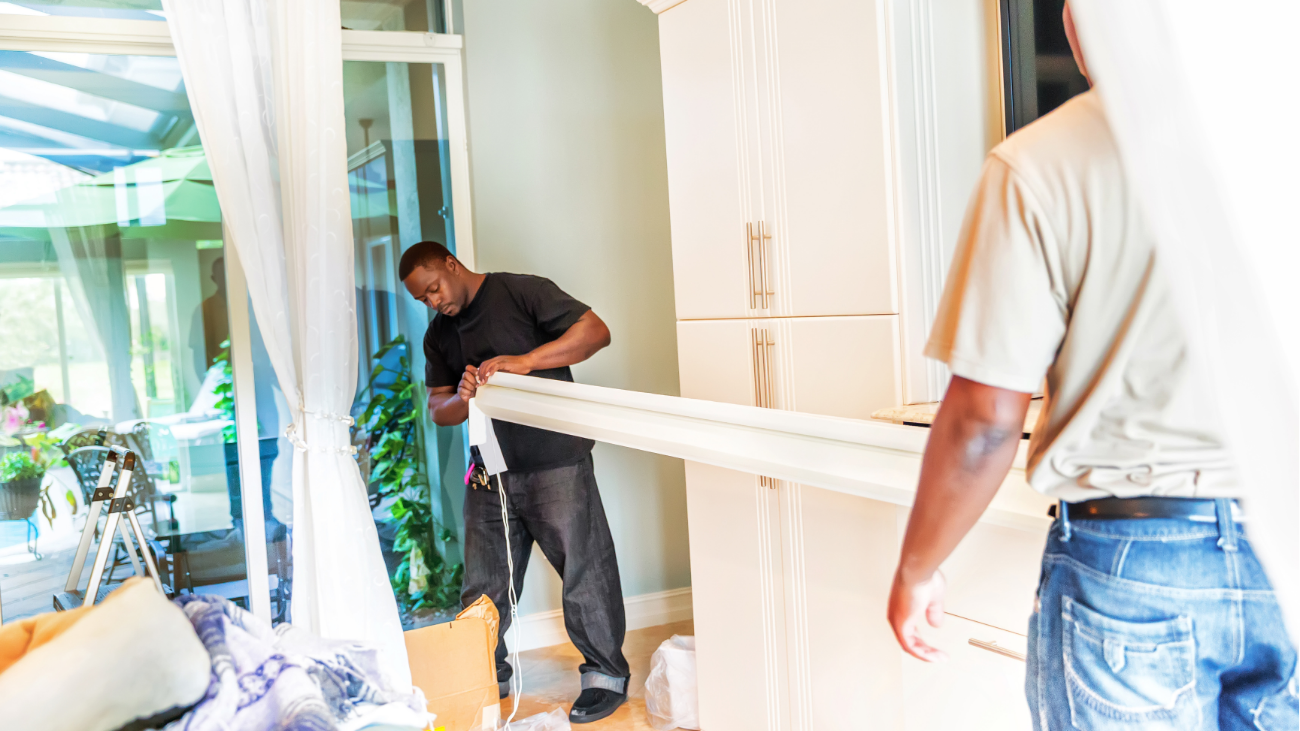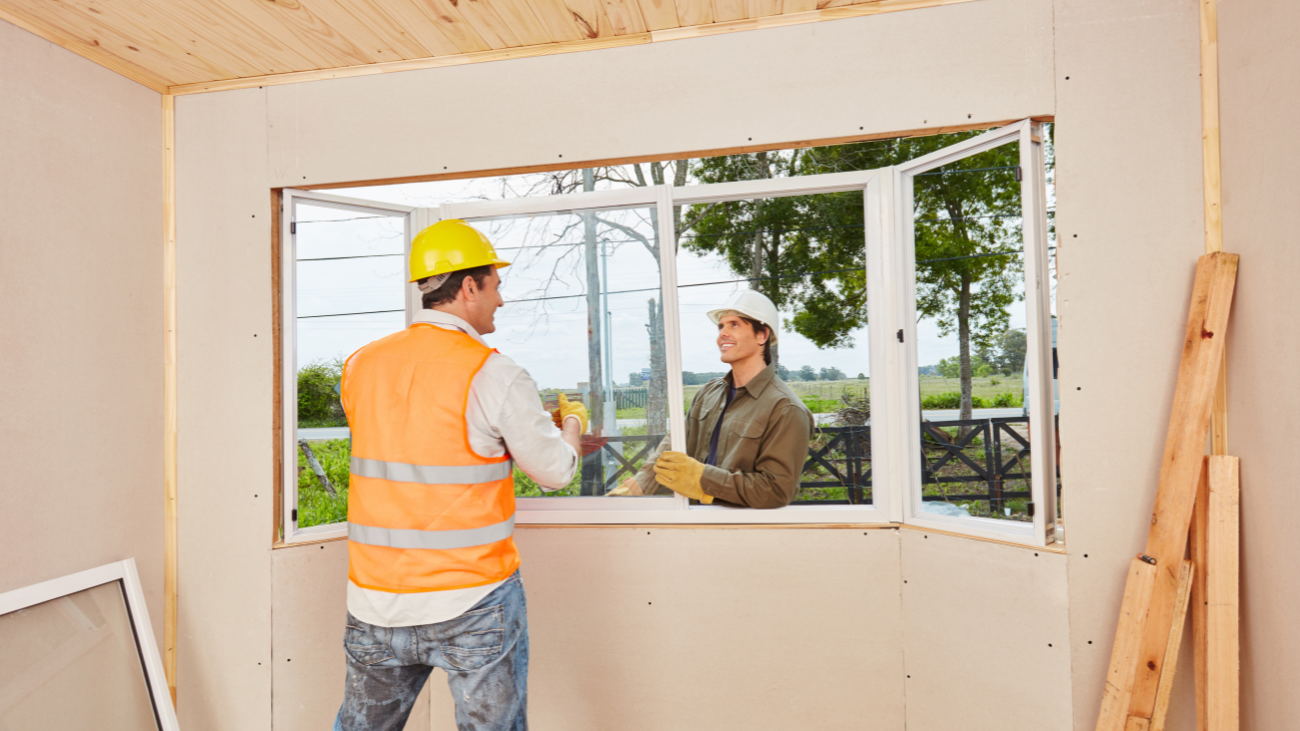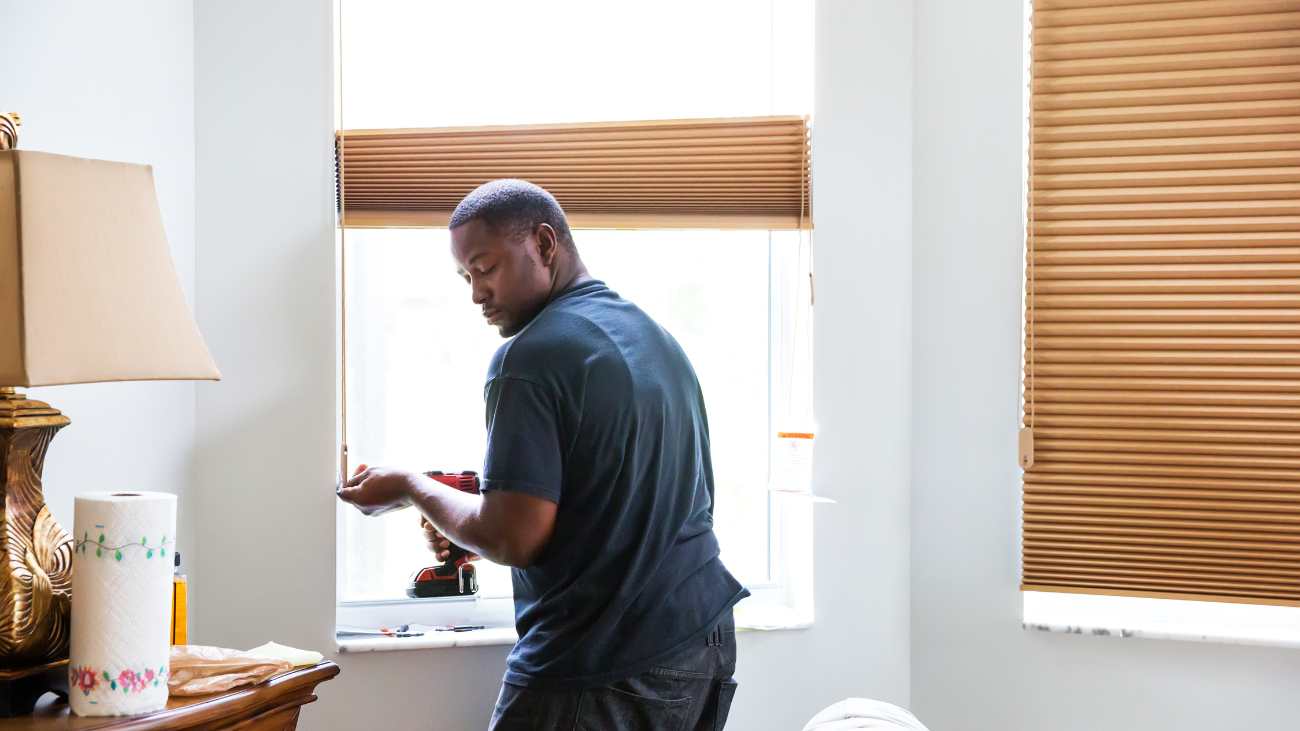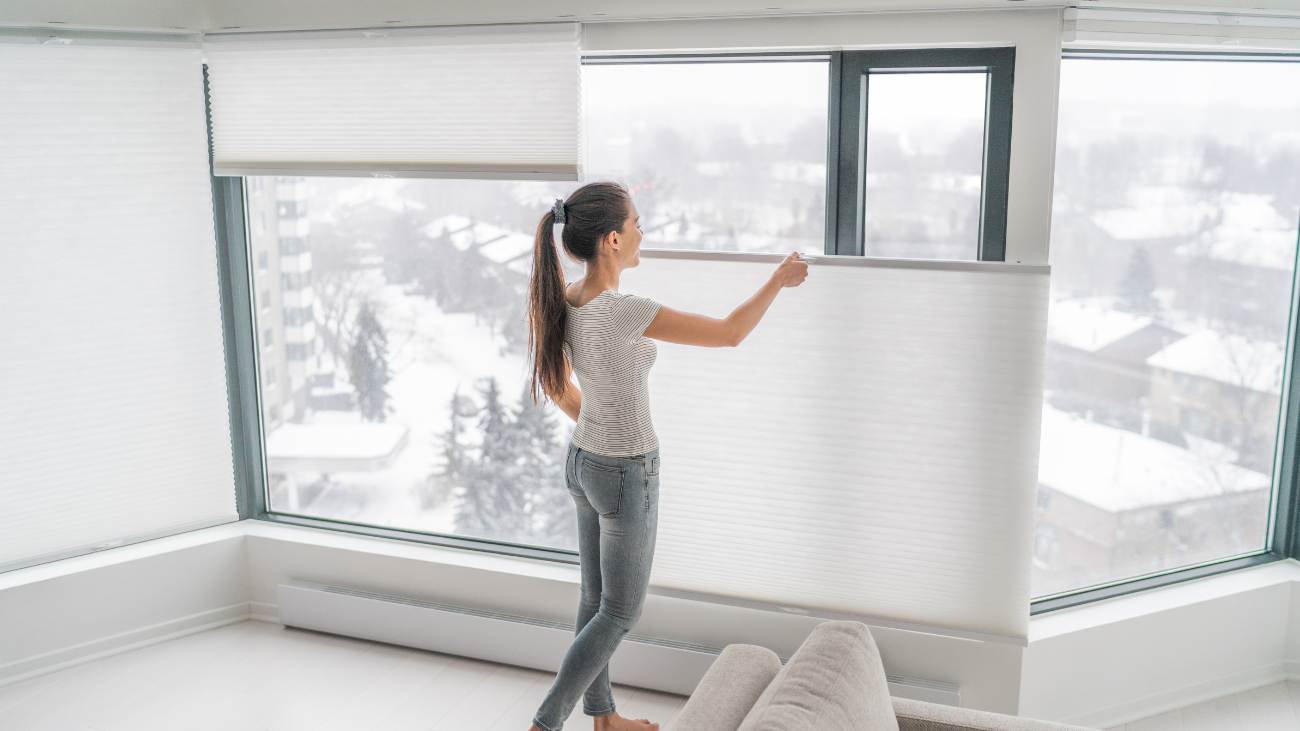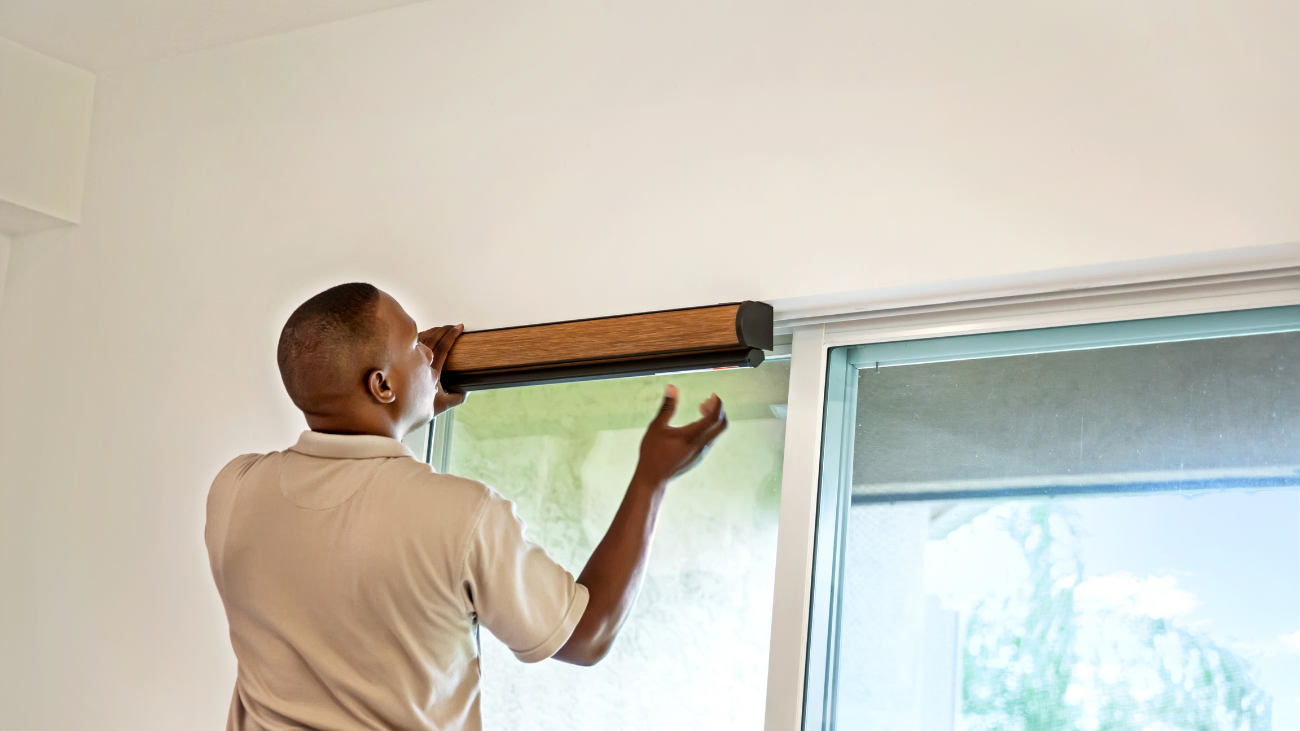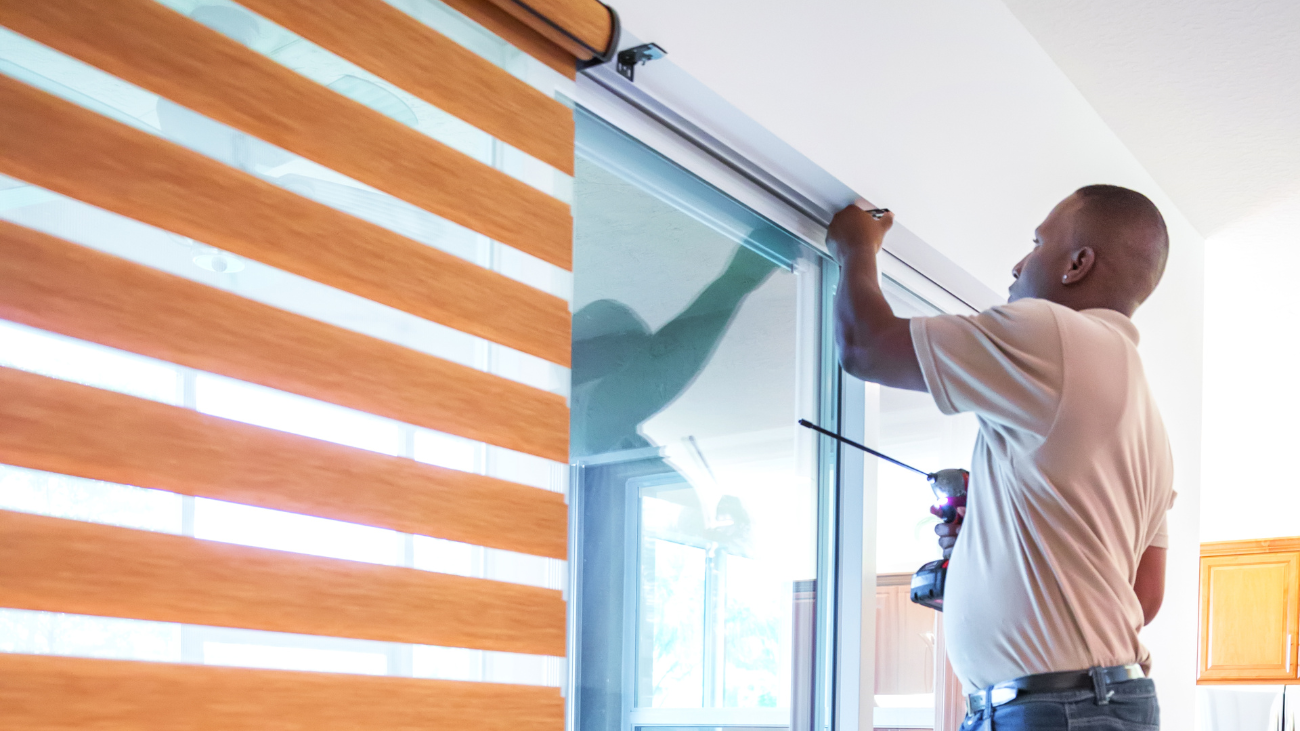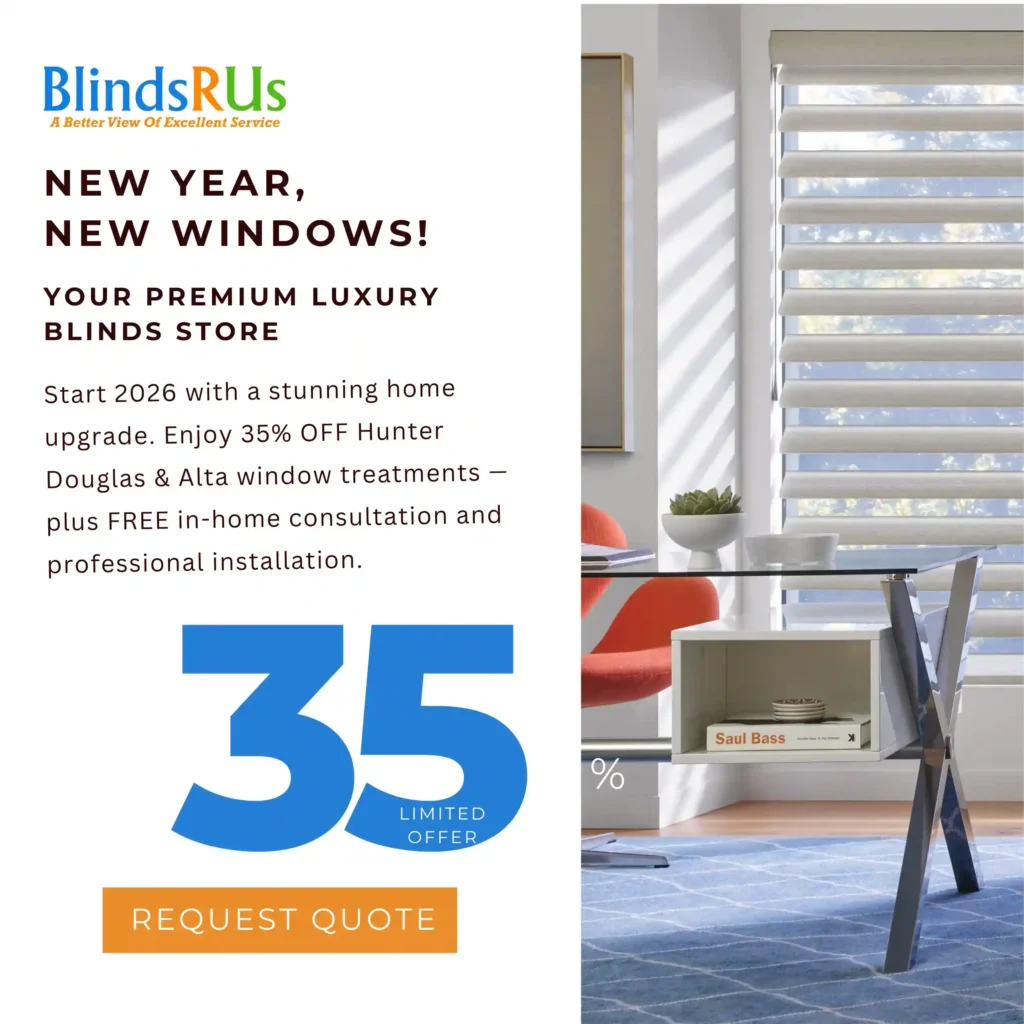Windows are not just functional elements of a home; they are also key design features that can dramatically influence the overall aesthetic of a space. Choosing the right window treatments is essential to enhancing and complementing the architectural style of your home. Whether you live in a Victorian-era mansion, a sleek modern apartment, or a cozy farmhouse, window treatments can bring harmony and balance to your interiors. In this blog, we’ll explore how to select window treatments that suit different architectural styles, including Victorian, Modern, Farmhouse, and more.
1. Victorian Style
Victorian architecture, which flourished during the reign of Queen Victoria from 1837 to 1901, is known for its ornate detailing, intricate woodwork, and grand proportions. Homes from this era often feature large, tall windows, bay windows, and stained glass, all of which provide opportunities for creative window treatment choices.
Window Treatment Ideas for Victorian Homes
- Heavy Drapes and Curtains: To complement the opulence of Victorian architecture, heavy drapes made from luxurious fabrics like velvet, brocade, or damask are ideal. These materials not only add to the grandeur but also help insulate the home, which is especially beneficial for older houses.
- Valances and Cornices: Adding valances or cornices at the top of your windows can enhance the traditional feel. These decorative top treatments often feature pleats, tassels, or fringe, contributing to the overall Victorian aesthetic.
- Layering: Victorians loved to layer their window treatments. Consider combining sheer lace curtains with heavier drapes. The lace adds an element of delicacy, while the drapes bring in the richness.
- Stained Glass Accents: If your Victorian home features stained glass, let it be the focal point by using simple, elegant curtains that don’t overshadow the intricate glasswork.
2. Modern Style
Modern architecture is characterized by simplicity, clean lines, and a lack of ornamentation. This style often incorporates large, unadorned windows to maximize natural light and blur the line between indoor and outdoor spaces.
Window Treatment Ideas for Modern Homes
- Minimalist Shades: Roller shades or solar shades in neutral colors are perfect for modern homes. They offer a sleek look while maintaining the simplicity that modern design demands. For an added touch of sophistication, opt for motorized shades that can be controlled with a remote or smartphone.
- Floor-to-Ceiling Curtains: In homes with floor-to-ceiling windows, choose curtains that extend from the ceiling to the floor to emphasize the height of the room. Stick to solid colors or subtle patterns to maintain the modern aesthetic.
- Blinds with Clean Lines: Horizontal or vertical blinds in materials like aluminum or wood can complement the modern style. These window treatments are functional and can be adjusted to control light without adding visual clutter.
- Transparent Fabrics: If you prefer a softer look, sheer curtains in light, airy fabrics can add a touch of elegance without disrupting the clean lines of modern architecture. They allow light to filter through while maintaining privacy.
3. Farmhouse Style
Farmhouse architecture is rooted in simplicity, comfort, and practicality. This style, often associated with rural living, features large windows, rustic materials, and a cozy, inviting atmosphere.
Window Treatment Ideas for Farmhouse Homes
- Classic Curtains: Simple, unpretentious curtains made from natural fabrics like cotton or linen are a staple in farmhouse-style homes. Patterns such as gingham, stripes, or floral prints can add a charming, country-inspired touch.
- Shutters: Wooden shutters are a quintessential farmhouse window treatment. Painted in white or a muted color, they add to the rustic appeal and can be used to control light and privacy.
- Roman Shades: Soft Roman shades in neutral tones or subtle patterns work well in a farmhouse setting. They provide a tailored look while maintaining the cozy, lived-in feel of the farmhouse style.
- Layering with Valances: For a more traditional farmhouse look, consider layering curtains with a simple valance. This adds depth and texture without overwhelming the space.
4. Mid-Century Modern Style
Mid-century modern architecture, popular from the 1940s to the 1960s, is known for its emphasis on simplicity, functionality, and integration with nature. Homes in this style often feature large windows, open floor plans, and a mix of natural and man-made materials.
Window Treatment Ideas for Mid-Century Modern Homes
- Drapes with Geometric Patterns: Bold, geometric patterns in window treatments can reflect the mid-century modern emphasis on form and design. Choose drapes in vibrant colors or retro patterns to echo the era’s aesthetic.
- Wooden Blinds: To highlight the natural materials often used in mid-century modern design, opt for wooden blinds. These provide a warm, organic feel that complements the style’s focus on nature.
- Panel Track Blinds: For sliding glass doors or large windows, panel track blinds offer a sleek and functional solution. They can be customized in various fabrics and colors to match the mid-century palette.
- Sheer Curtains: Lightweight, sheer curtains in a neutral color can soften the strong lines of mid-century modern architecture without detracting from its clean aesthetic.
5. Coastal Style
Coastal architecture draws inspiration from the sea, with an emphasis on light, airy spaces, and a relaxed, casual vibe. Large windows are common in coastal homes, allowing for expansive views and plenty of natural light.
Window Treatment Ideas for Coastal Homes
- Light, Breezy Curtains: Curtains in light, breathable fabrics like linen or cotton are perfect for coastal homes. Colors like white, soft blues, and sandy neutrals evoke the seaside atmosphere.
- Natural Shades: Woven wood shades or bamboo blinds add texture and a natural element to coastal interiors. These shades can be paired with sheer curtains for a layered look that adds depth without sacrificing light.
- Shutters: White plantation shutters are a classic choice for coastal homes. They offer privacy and light control while maintaining the clean, airy feel of coastal living.
- Roman Shades in Nautical Colors: Roman shades in shades of blue, white, or even striped patterns can add a subtle nautical touch to your windows, enhancing the coastal theme.
6. Industrial Style
Industrial architecture is characterized by exposed brick walls, large windows, metal accents, and a utilitarian aesthetic. This style often repurposes old factories or warehouses into modern living spaces, blending the old with the new.
Window Treatments Ideas for Industrial Homes
- Minimalist Roller Shades: Simple, no-fuss roller shades in dark colors like black or charcoal can complement the rugged aesthetic of industrial architecture. They provide privacy without detracting from the space’s raw, unfinished look.
- Metal Blinds: Metal blinds in a brushed or matte finish are a great way to tie in the metal accents common in industrial spaces. They’re durable, functional, and add to the overall industrial vibe.
- Sheer Panels: If you want to soften the harsh lines of industrial architecture, consider sheer panels in neutral tones. These allow light to filter through while adding a touch of softness to the space.
- Layered Treatments: For a more eclectic industrial look, consider layering different types of window treatments, such as metal blinds with sheer curtains. This adds texture and interest while maintaining the industrial feel.
7. Mediterranean Style
Mediterranean architecture is inspired by the coastal regions of Spain, Italy, and Greece, characterized by stucco walls, red-tiled roofs, arched windows, and an emphasis on indoor-outdoor living. The style is warm, inviting, and often features intricate detailing.
Window Treatment Ideas for Mediterranean Homes
- Heavy Drapes with Rich Textures: To complement the warm, earthy tones of Mediterranean architecture, opt for heavy drapes in rich fabrics like velvet or brocade. Colors like deep reds, golds, and terracottas work well with this style.
- Wrought Iron Hardware: Incorporate wrought iron curtain rods or tiebacks to echo the intricate metalwork often found in Mediterranean homes. This adds an authentic touch to your window treatments.
- Roman Shades in Earthy Tones: Roman shades in colors like olive green, ochre, or terracotta can enhance the Mediterranean feel while providing functionality. Opt for textured fabrics to add depth and interest.
- Sheer Curtains with Embroidery: For a lighter touch, sheer curtains with intricate embroidery can add a hint of Mediterranean charm. These work particularly well in spaces that require privacy without blocking out natural light.
Conclusion:
Selecting the right window treatments for your home is more than just a practical consideration; it’s an opportunity to enhance and complement the architectural style of your space. Whether you live in a Victorian manor or a sleek modern condo, the right window treatments can tie your room together, adding both beauty and function. By understanding the characteristics of different architectural styles and choosing window treatments that align with those features, you can create a cohesive, stylish home that reflects your personal taste and the architectural heritage of your space.
Blinds R Us is your premier destination for exquisite window treatments in Westchester County, NY. Elevate your home’s aesthetic with our stunning collection designed to complement various architectural styles. Contact us today for a complimentary consultation!


